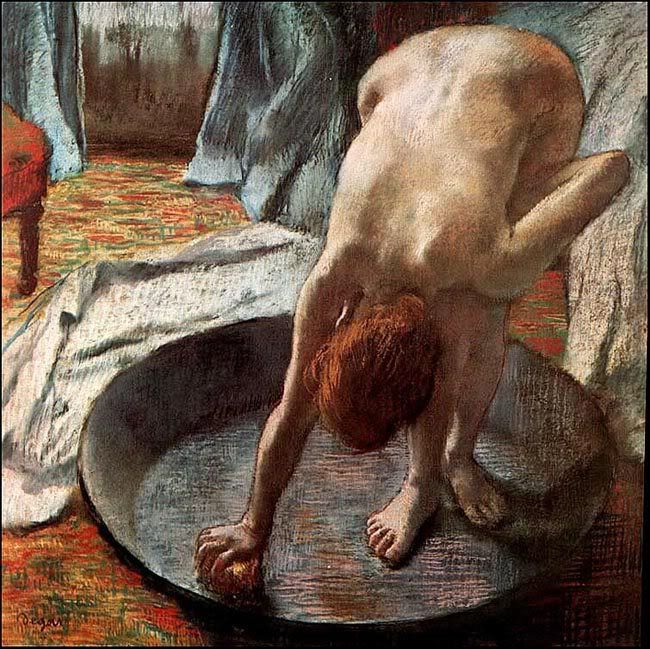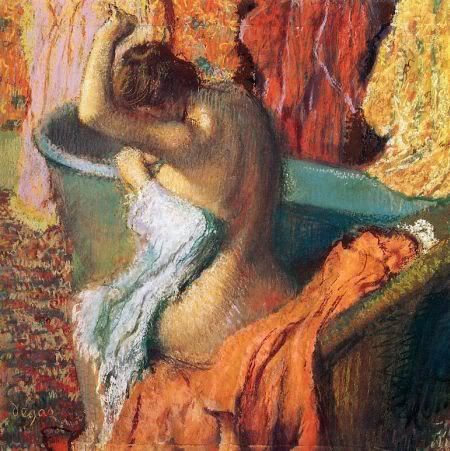
Colin Powell Cites Platon Photo In Obama Endorsement
President Bush's former Secretary of State Colin Powell was moved to endorse Barack Obama in part by a photo he saw in a magazine. On Meet The Press this morning, Powell said he was troubled by members of the Republican party falsely suggesting that Obama is a Muslim and therefore associated with terrorists:
"I feel strongly about this particular point because of a picture I saw in a magazine. It was a photo essay about troops who were serving in Iraq and Afganistan. And one picture at the tail end of this photo essay was a mother in Arlington Cemetry, and she had her head on the headstone of her son's grave. And as the picture focused in, you could see the writing on the headstone. And it gave his awards, Purple Heart, Bronze Star, showed that he died in Iraq, gave his date of birth, date of death. He was 20 years old. And then at the very top of the headstone, it didn't have a Christian Cross. It didn't have a Star of David. It had a crescent and a star of the Islamic faith. And his name was Kareem Rashad Sultan Khan. And he was an American."

Platon
Born in London in 1968, Platon was raised in the Greek Isles by his English mother, an art historian, and Greek father, an architect, until the age of seven when his family returned to London. He attended St. Martin's School of Art, and after receiving his BA with honors in Graphic Design, he was then awarded an MA in photography and fine art at the Royal College of Art, where one of his professors and mentors was the late John Hind, the creative director of British Vogue. While still a student, he received British Vogue's "Best up-and-coming Photographer" award in 1992, along with the opportunity to contribute both fashion and portrait images to the magazine.
Now an Englishman in New York, Platon left London in 1998 after spending a few years working for George, the magazine about politics and media culture founded by the late John F. Kennedy, Jr. Recruited to shoot for its premiere issue, Platon maintained a long-term relationship with the magazine and Kennedy, and this significant and incomparable introduction to American culture and politics included one of Platon's favorite assignments: a cross-country trip in order to document the 20 most fascinating men in America.
Since the early 1990s, Platon has continued to shoot portrait, fashion and documentary work for a range of international publications, including The New Yorker, Time Magazine, Rolling Stone, The New York Times Magazine, Vanity Fair, Harpers Bazaar, Esquire, GQ, Newsweek, Arena, The Face, i-D, The Sunday Telegraph, The Observer, and The Sunday Times. His advertising credits include campaigns for the Wall Street Journal, Motorola, Nike, Converse, Verizon, Vittel, Levi's, IBM, Rolex, Ray-Ban, Tanqueray, Kenneth Cole, Issey Miyake, Moschino, Timex and Bertelsmann among others.
In 2007 Platon photographed Russian Premier Vladimir Putin for Time Magazine's Person Of The Year Cover. This image was awarded the coveted 1 st prize at 2008 World Press Photo Contest.
Platon is now a staff photographer at The New Yorker, signing a multi-year contract in 2008.
Platon's first monograph "Platon's Republic", was published in 2004 by Phaidon Press. To coincide with its publication, he had solo portrait exhibitions at the Milk Gallery in New York and the Ex-Saatchi gallery in London. The same year, his first solo show of documentary work from around the world was held at the Leica Gallery in New York. His work also has been exhibited at Hamilton's Gallery in London, Spiral Hall in Tokyo, Carla Sozzani Gallery in Milan and Galerie Thierry Marlat in Paris.
Platon is represented worldwide by David Maloney, at Art Department in New York. He can be reached at (212) 925-4222 X108 or davidm@art-dept.com
Platon is based in New York where he lives with his wife, daughter and son.


















